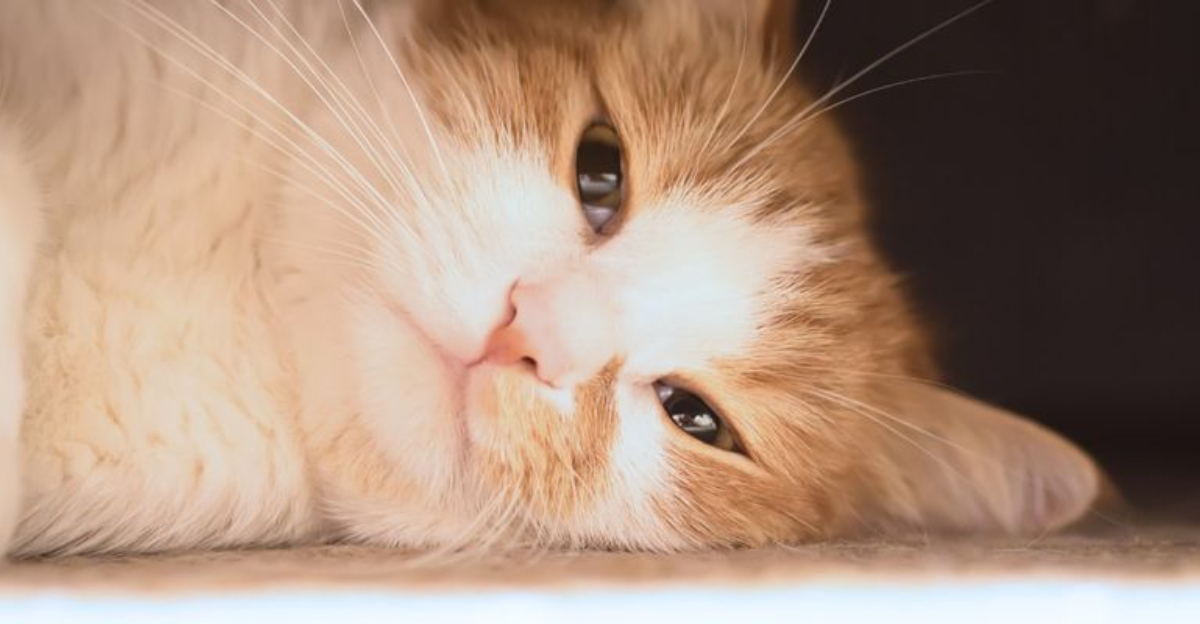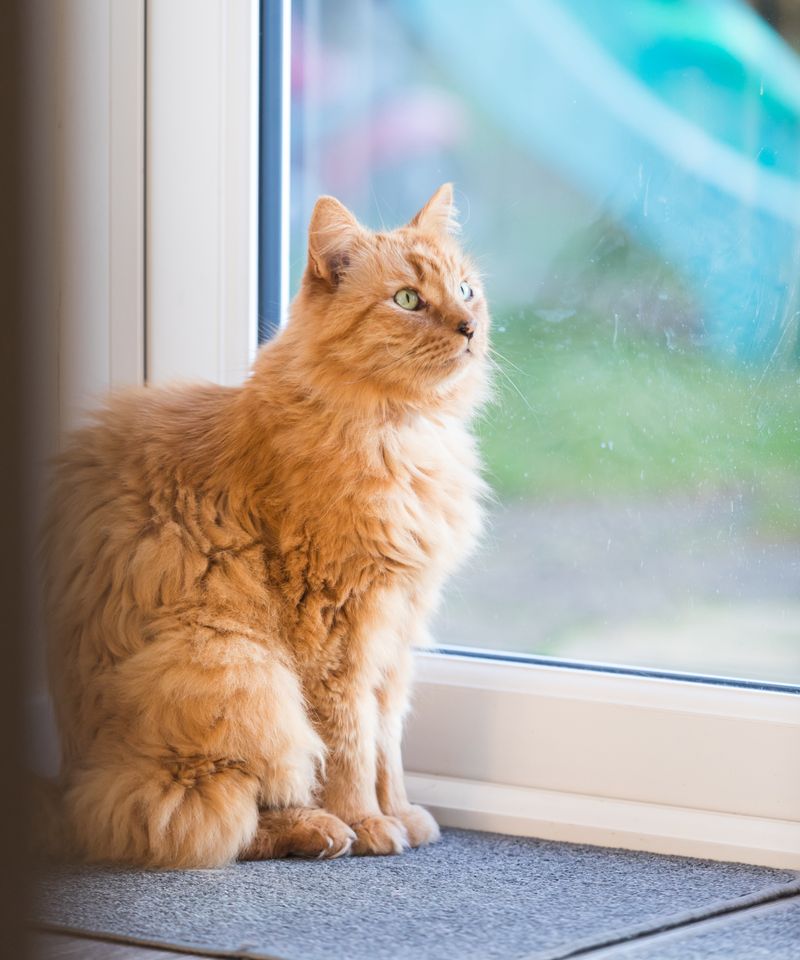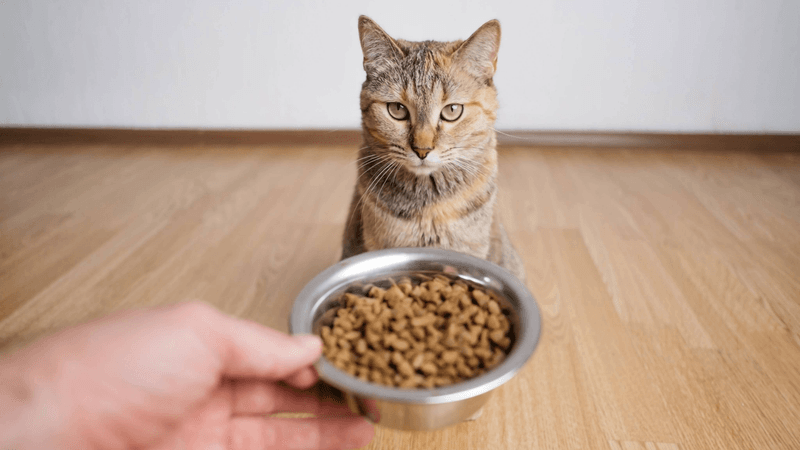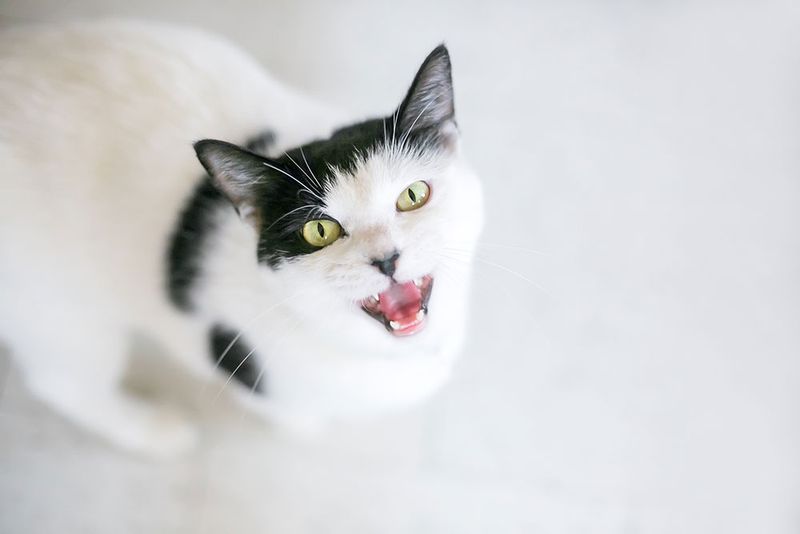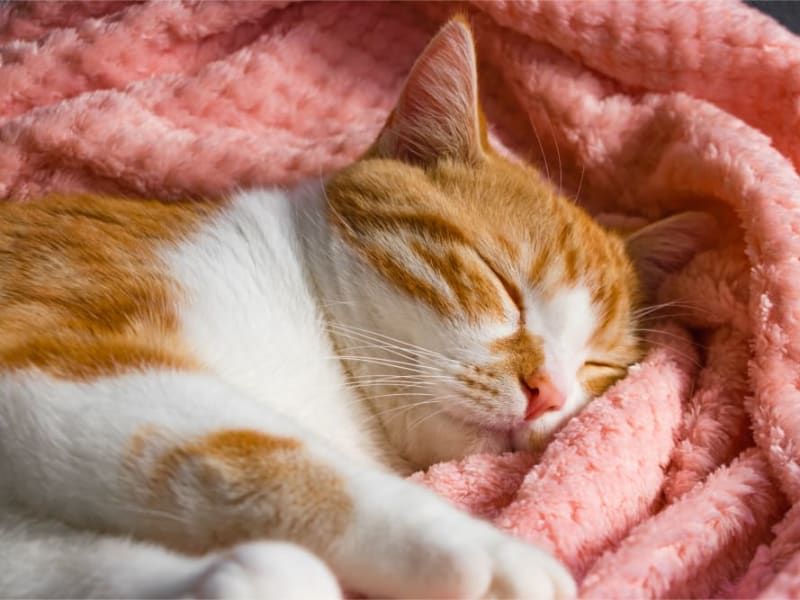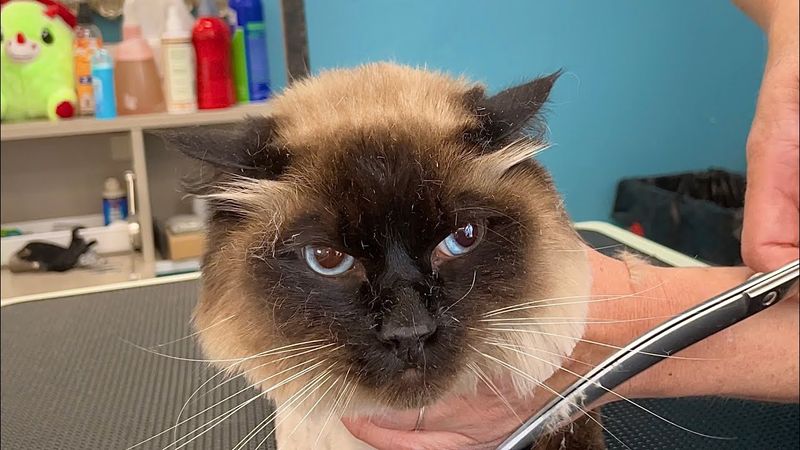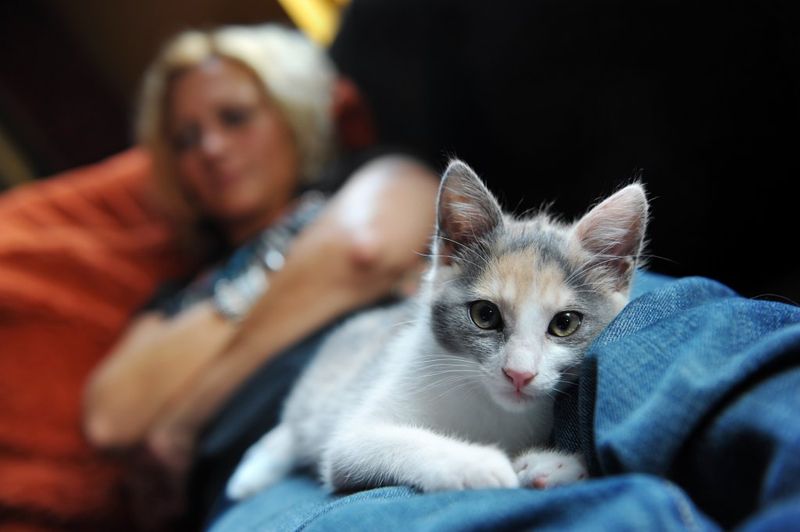📖 Table of Content:
Cats are often celebrated for their independent and enigmatic nature, making them masters at concealing their emotions. Unlike other pets, they tend to grieve in silence, which can leave owners unaware of their needs. The challenge lies in recognizing the quiet signals that indicate a cat is mourning.
When a cat experiences grief, it may retreat into solitude or exhibit subtle changes in behavior that are easy to miss. Their mourning is often expressed through body language and other small shifts in routine. Owners might notice their feline companion becoming more withdrawn or less engaged in usual activities.
Recognizing these signs is vital to providing the appropriate care and comfort during a cat’s time of mourning. Offering a quiet, safe space and adjusting routines can help alleviate some of the stress they feel. Understanding feline grief allows owners to offer the support needed during these difficult moments.
1. Emotional Isolation
Aloofness is a well-known characteristic of cats, but when they grieve, it intensifies. A previously sociable cat may disappear into solitude, often seeking quiet, hidden spots. Their gaze becomes distant, reflecting their inner turmoil as they process their loss in silence.
This behavioral shift is their way of processing loss. Such withdrawal can be mistaken for typical cat behavior, but it is a silent cry for help. Owners need to recognize this change, offering gentle reassurance without overwhelming their feline friend.
2. Changes in Appetite
A grieving cat may show disinterest in food, a stark contrast to their previous enthusiasm. Skipping meals or merely playing with food is common, reflecting their inner turmoil. Such changes in appetite aren’t mere whims; they signify emotional distress. The aroma of their favorite meal might not entice them as it once did, leaving them to pick at their food half-heartedly.
During these times, patience is vital. Owners should monitor their cat’s weight and consult a vet if the behavior persists, ensuring their health isn’t compromised.
3. Vocal Changes
Typically quiet, cats may alter their vocalizations when grieving. They might retreat into silence or, in contrast, increase their meowing, letting out soft, sorrowful sounds. These vocal changes are subtle cries that something is amiss. Owners might notice a change in the tone or frequency, signaling distress.
Each meow carries a story, an emotional outpouring of grief seeking understanding. Attentive listening, along with comforting words and gestures, can help alleviate their pain.
4. Increased Sleeping
While cats love to nap, an increase in sleeping hours can be a red flag. Grieving cats often retreat into a dream world, escaping their heartache through sleep.
This excessive slumber isn’t laziness but a coping mechanism. The warmth of a bed offers a sanctuary, a place where they can momentarily forget their sorrow. Owners should note these changes, offering extra affection and creating a comforting environment. Sometimes just being there, sharing the space, can provide the solace they need.
5. Aggression or Irritability
Grief can manifest as aggression or irritability in cats, even those who are typically gentle. A grieving cat might hiss more or avoid human contact, signaling their discomfort. This behavioral shift is not about anger but confusion and sadness. Their world has changed, and they struggle to make sense of it.
Offering understanding and patience is crucial. It’s essential to respect their space while gently encouraging interaction, reassuring them they are not alone in this journey.
6. Grooming Changes
Cats pride themselves on grooming, but grief can disrupt this routine. A grieving cat may neglect their coat, leading to a dull, unkempt appearance. This change in grooming habits reflects their inner sadness. It’s a visual cue that their emotional needs are unmet.
Owners should gently assist in grooming, using soft brushes to help maintain their coat. This act not only aids in their physical appearance but also strengthens the bond, showing the cat they are cherished and understood.
7. Seeking New Companionship
After a loss, some cats seek new companionship to fill the void. A grieving cat might show interest in new pets, cautiously curious about this change. This search for companionship is their way of healing, attempting to rebuild their world.
Observation of interactions is crucial to ensure harmony. Introducing new friends should be gradual, respecting the cat’s pace and comfort. This new bond can help alleviate loneliness, providing a fresh start and new memories, helping them move forward.
